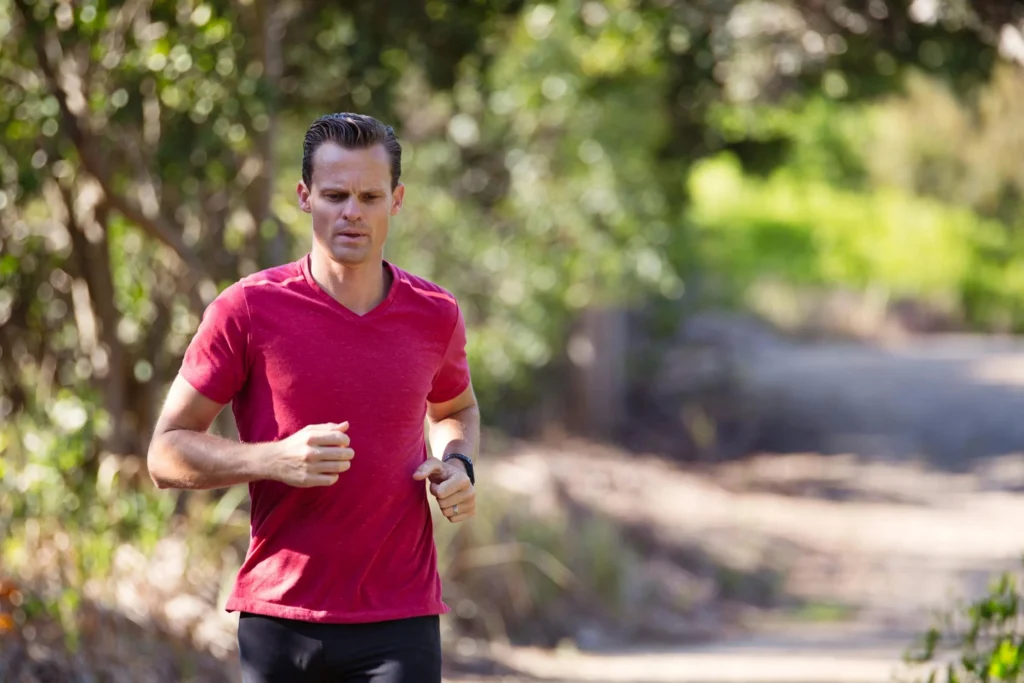In our increasingly sedentary world, the importance of regular physical activity cannot be overstated. It’s not just about looking good in a swimsuit; it’s about optimizing your overall well-being, both physically and mentally. This blog post will delve into the profound and multifaceted ways regular physical activity benefits your health, exploring the science behind the positive changes and offering practical tips for incorporating movement into your daily life.

What is Regular Physical Activity?
Regular physical activity encompasses any bodily movement produced by skeletal muscles that results in energy expenditure. It’s a broad term that includes exercise, sports, active recreation, and even everyday activities like walking, gardening, or dancing. The key is regularity. Consistent movement is what unlocks the powerful health benefits.
The Science Behind the Benefits
Physical activity triggers a cascade of physiological changes in the body, impacting everything from your cardiovascular system to your brain chemistry. Here’s a glimpse into the science:
- Cardiovascular System: Physical activity strengthens the heart muscle, improves circulation, lowers blood pressure, and reduces the risk of heart disease, stroke, and other cardiovascular problems. It increases HDL cholesterol (the “good” cholesterol) and lowers LDL cholesterol (the “bad” cholesterol).
- Metabolic System: Regular exercise helps regulate blood sugar levels, improves insulin sensitivity, and reduces the risk of type 2 diabetes. It also aids in weight management by burning calories and boosting metabolism.
- Musculoskeletal System: Physical activity strengthens bones, increases muscle mass, improves balance and coordination, and reduces the risk of osteoporosis, falls, and injuries.
- Endocrine System: Exercise influences hormone production, including endorphins (mood boosters), growth hormone (important for cell regeneration), and cortisol (stress hormone).
- Nervous System: Physical activity has a positive impact on brain function, improving cognitive abilities, memory, and reducing the risk of neurodegenerative diseases.
- Immune System: Regular exercise can strengthen the immune system, making you less susceptible to infections and illnesses.
- Mental Health: Physical activity is a powerful mood elevator, reducing symptoms of anxiety and depression. It also improves sleep quality and reduces stress levels.
Specific Health Benefits of Regular Physical Activity
Let’s explore the specific health benefits in greater detail:
- Weight Management: Physical activity burns calories, helping you maintain a healthy weight or lose weight if needed. It also increases muscle mass, which boosts your metabolism even when you’re at rest.
- Reduced Risk of Chronic Diseases: Regular exercise significantly reduces the risk of developing chronic diseases such as:
- Heart Disease: Strengthens the heart, improves cholesterol levels, and lowers blood pressure.
- Stroke: Improves blood flow to the brain and reduces the risk of blood clots.
- Type 2 Diabetes: Improves insulin sensitivity and helps regulate blood sugar levels.
- Certain Cancers: Reduces the risk of colon, breast, and endometrial cancers.
- Arthritis: Helps manage pain and improve joint function.
- Osteoporosis: Strengthens bones and reduces the risk of fractures.
- Improved Cardiovascular Health: Regular exercise strengthens the heart, improves circulation, and lowers blood pressure. This leads to better overall cardiovascular health and reduces the risk of heart disease and stroke.
- Stronger Bones and Muscles: Weight-bearing exercises like walking, running, and dancing strengthen bones and help prevent osteoporosis. Resistance training builds muscle mass and improves strength.
- Enhanced Mental Health: Physical activity releases endorphins, which have mood-boosting effects. It can reduce symptoms of anxiety and depression, improve sleep quality, and reduce stress levels.
- Improved Cognitive Function: Exercise increases blood flow to the brain, which can improve cognitive abilities, memory, and focus. It may also reduce the risk of dementia and Alzheimer’s disease.
- Increased Energy Levels: While it might seem counterintuitive, regular physical activity can actually increase your energy levels. It improves cardiovascular function, making you feel less fatigued.
- Better Sleep Quality: Exercise can improve sleep quality by helping you fall asleep faster, sleep more deeply, and wake up feeling more rested.
- Stress Reduction: Physical activity is a healthy way to manage stress. It provides an outlet for pent-up emotions and helps reduce the production of stress hormones.
- Improved Balance and Coordination: Activities like yoga, tai chi, and dance can improve balance and coordination, reducing the risk of falls, especially in older adults.
- Boosted Immune System: Regular exercise can strengthen the immune system, making you less susceptible to infections and illnesses.
- Increased Lifespan: Studies have shown that regular physical activity is associated with a longer lifespan and a reduced risk of premature death.
Types of Physical Activity
There are various types of physical activity, each offering unique benefits:
- Aerobic Exercise: Activities like walking, running, swimming, and cycling improve cardiovascular health.
- Strength Training: Exercises using weights or resistance bands build muscle mass and strength.
- Flexibility Exercises: Stretching and yoga improve flexibility and range of motion.
- Balance Exercises: Activities like tai chi and Pilates improve balance and coordination.
How Much Physical Activity Do You Need?
The recommended amount of physical activity varies depending on age, health status, and fitness level. However, general guidelines for adults include:
- At least 150 minutes of moderate-intensity aerobic activity per week (e.g., brisk walking).
- Or at least 75 minutes of vigorous-intensity aerobic activity per week (e.g., running).
- And muscle-strengthening activities at least two days per week.
Tips for Incorporating Physical Activity into Your Life
Making physical activity a regular part of your life doesn’t have to be daunting. Here are some tips:
- Start Small: If you’re new to exercise, start with short bouts of activity and gradually increase the duration and intensity.
- Find Activities You Enjoy: Choose activities you find fun and engaging, whether it’s dancing, hiking, swimming, or playing a sport.
- Make it a Habit: Schedule your workouts in your calendar and treat them like any other important appointment.
- Find a Workout Buddy: Exercising with a friend can help you stay motivated and accountable.
- Incorporate Activity into Your Daily Routine: Take the stairs instead of the elevator, walk or bike to work, or do some gardening.
- Set Realistic Goals: Start with achievable goals and gradually increase the challenge as you get fitter.
- Listen to Your Body: Pay attention to your body’s signals and rest when you need to.
- Make it Fun: Find ways to make exercise enjoyable, whether it’s listening to music, watching a TV show, or exploring new trails.
Overcoming Barriers to Physical Activity
Many people face barriers to physical activity, such as lack of time, motivation, or access to facilities. Here are some strategies for overcoming these challenges:
- Time Management: Schedule your workouts in advance and prioritize them.
- Motivation: Find activities you enjoy and set realistic goals.
- Access to Facilities: Look for affordable gyms or community centers, or find ways to exercise outdoors.
- Physical Limitations: Consult with your doctor or a physical therapist to find safe and appropriate exercises.
Conclusion: A Path to a Healthier and Happier Life
Regular physical activity is a cornerstone of good health and well-being. From strengthening your heart and bones to boosting your mood and cognitive function, the benefits are undeniable. By making physical activity a regular part of your life, you can improve your overall health, reduce your risk of chronic diseases, and live a longer, healthier, and happier life. It’s not just about adding years to your life, but adding life to your years. So, find activities you enjoy, start moving, and reap the rewards of a more active lifestyle.





Leave a Reply
You must be logged in to post a comment.